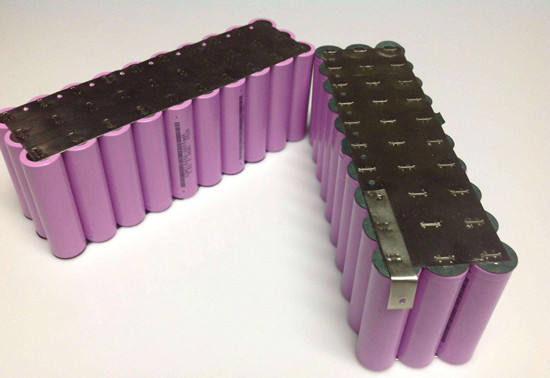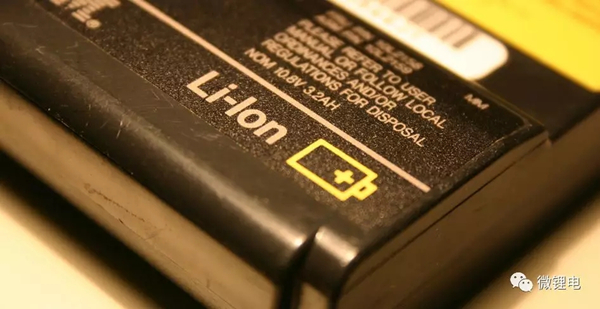Discussion on Lithium Battery Safety Standards
Aug 14, 2019 Pageview:1444
Introduction
Lithium batteries have become very common in almost all households over the past decade. We use them to power our mobile phones, laptops, and even some cars. These batteries have become the industry standard for rechargeable storage devices. Lithium batteries are under scrutiny due to high-profile events that have created undesired media attention to the industry. There have been lithium-ion battery fires and accidents and this has made lithium battery safety an issue. There are so many cells in circulation. The worst thing is that rogue manufacturers are cutting corners by not following accepted industry standards to capitalize on high demand.
The realization that these batteries are not inherently safe, and can be a danger to the public when mishandled or poorly manufactured has prompted the need for more regulations. The new regulations will take some time to enforce, however, the current regulations in place have been created to improve the quality of lithium-ion batteries.
Why do you need to know lithium battery safety standards?
Lithium batteries have higher energy densities than other batteries. They bare popular because they pack significantly more energy into a small package. Their chemistry makes them more likely to catch fire under certain conditions because they contain a flammable electrolyte and are kept pressurized. This creates new challenges for use, storage and handling.
According to several studies, physical damage, electrical abuse such as short circuit and overcharging, and exposures to elevated temperature can cause thermal runaway. Thermal runaway refers to rapid self-heating from an exothermic chemical reaction that can result in a chain reaction thermal runaway of adjacent cells.
Also, the manufacturer’s defects which may include contaminants and imperfections in the manufacturing process can lead to thermal runaway. In the event of that, the reaction vaporizes the organic electrolyte and increase the pressure inside the cell casing. If the case bursts or fails, the flammable and toxic gases within the cell are released. The flammable electrolyte might ignite.
The severity of the reaction generally depends on several parameters including battery size, chemistry, construction and the battery state of charge. Most of the significant battery reactions lead to the release of the same hazardous components such as a flammable electrolyte. Toxic gases and flying debris. In most instances, there is sustained burning of the electrolyte and casing material.
Lithium-ion battery explosions can cause personal damage and property damage as well. It’s therefore, important to know the lithium battery safety standards in order to know how to carefully handle, use and store these batteries.
Lithium battery fires are difficult to put out. Although it is possible to out flames from battery fires with water, the water doesn’t stop the thermal runaway and so the flames often return. In planes, the vented gases from the overheated batteries can cause an explosion capable of disabling the suppression system.
We can’t fail to acknowledge that lithium-ion is one of the most successful and safe battery chemistries available. Two billion cells are released into the market every year. Lithium-ion cells with cobalt cathodes hold twice the energy of nickel-based battery and four times that of lead-acid. Lithium batteries are a low maintenance system, an advantage that most other chemistries do not have. The batteries do not have memory and so does not require scheduled cycling to prolong its life.?
A guide to lithium battery safety standards
There is a high usage of lithium-ion cells in mobile phones, digital cameras, laptops and flashlights. With high usage, there are bound to be issues. It is said that a one in 200,000 failure rate triggered a recall of almost six million lithium-ion packs used in laptops manufactured by Dell and Apple. Heat-related failures are taken very seriously and the manufacturers believe it is best to recall devices with batteries with such failures. The decision to recall the devices and replace the batteries puts the consumer at ease and eliminates the need for lawsuits.
You need to understand that lithium batteries are safe to use and heat-related failures are rare. Manufacturers achieve this high reliability by adding three layers of protection. The first layer is that of limiting the amount of active material to achieve a functional equilibrium of energy density and safety; the second layer involves the inclusion of various safety mechanisms within the cell; the third one involves the addition of an electronic protection circuit in the battery pack.
These protection layers work in several ways: there is a PTC device that is built into the cell and provides protection to prevent high current surge. There is a circuit interrupt device (CID) that opens the electrical path if an excessively high charge voltage raises the internal cell pressure. Finally, the safety vent allows for a controlled release of gas in case of a rapid increase in internal cell pressure.
The electronic protection circuit which is external to the cells opens a switch if the charge voltage of any cell reaches the required level, which is 4.30V. A fuse then cuts the current flow if the temperature of the cells moves toward 90?C.
A major lithium battery concern arises if a faulty charger or static electricity has destroyed the battery's protection circuit. If such damage occurs it can permanently fuse the solid-state switches in an activated position without the user knowing. However, a battery with a faulty protection circuit will still function normally but does not provide protection against abuse.
Another safety concern is cold temperature charging. The consumer lithium-ion batteries cannot be charged below zero degrees Celsius. The battery may appear to be charging normally, but plating of the metallic lithium occurs on the anode while on a sub-freezing charge. The plating is permanent and cannot be reversed. If this happens repeatedly, such damage can compromise the safety of the battery such that it becomes more vulnerable to failure if it is subjected to impact, crush or high rate charging.
There are rogue manufacturers who produce many non-brand batteries that are popular with cell phone users because of the low price. Many of these batteries do not provide the same high safety standard as the main brand equivalent. Remember you get what you pay for, thus a wise buyer should be willing to spend a little more and replace the battery with an approved model.
To prevent the release of unsafe batteries on the market, most manufacturers sell lithium batteries only to approved battery pack assemblers. The inclusion of an approved safety circuit forms part of the purchasing requirement. The safety precaution is especially critical on larger lithium-ion batteries, such as laptop battery packs. The hazard of a larger battery is so much greater than on a small battery such as that of a cell phone pack in case of any fault. It is for this reason that many laptop manufacturers have a secret code on each battery that only the matching computer can access. This prevents non-brand name batteries infiltrating the market.
What else can you do for lithium battery safety?
Every lithium battery user can do something about the safety of these batteries. What you do to your battery determines whether you’re ensuring your safety or not. One of the things you can do ensure lithium battery safety is your storage. Batteries should be stored away from combustible materials. The batteries should be stored in cool dry places where the fresh cells are separated from the depleted cells. Also, you should remove batteries from the device for long-term storage.
The other thing is charging practice. You should charge or discharge your battery to approximately 50% of capacity before long-term storage. You should disconnect your batteries immediately if, during charging or operation, they emit an unusual smell, overheats, swells or behaves abnormally. Always remove your batteries from chargers promptly after charging is complete. Do not overcharge or over-discharge batteries.
You should handle your battery or battery-powered devices cautiously to avoid damaging the battery casing or connections. You should keep your batteries away from conductive materials, water, strong oxidizers and strong acids. Also, your batteries should not be placed in direct sunlight, hot surfaces or extreme temperature locations.
Conclusion
Lithium batteries are very useful in our lives. They have caused little harm due to their fires which occur in very rare events. Lithium-ion batteries are safe to use especially now with the advancement and research in this technology. By making sure that you’re handling and using your batteries properly, you will be ensuring your safety and the lithium battery safety.
- Prev Article: Li-ion Battery Operating Temperature
- Next Article: You Should Know More About Rechargeable Battery 18650 Size
Leave Message
Hottest Categories
-
Hottest Industry News
-
Latest Industry News











